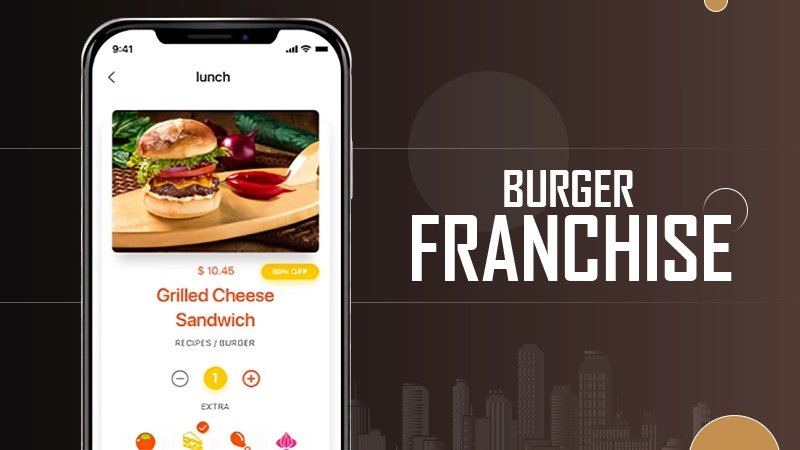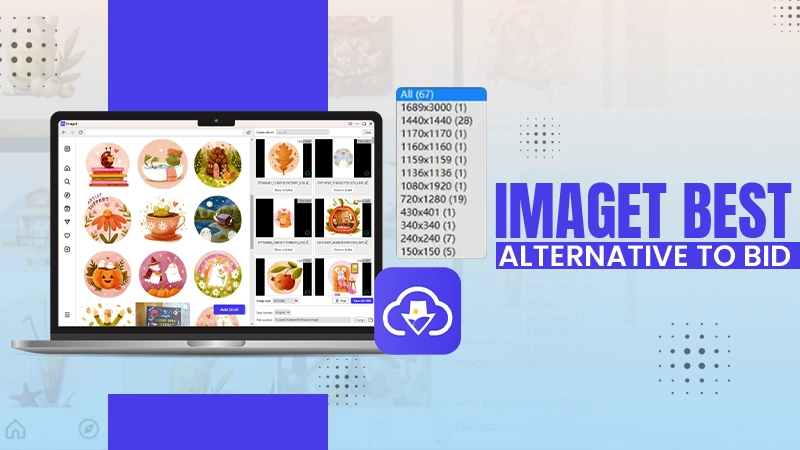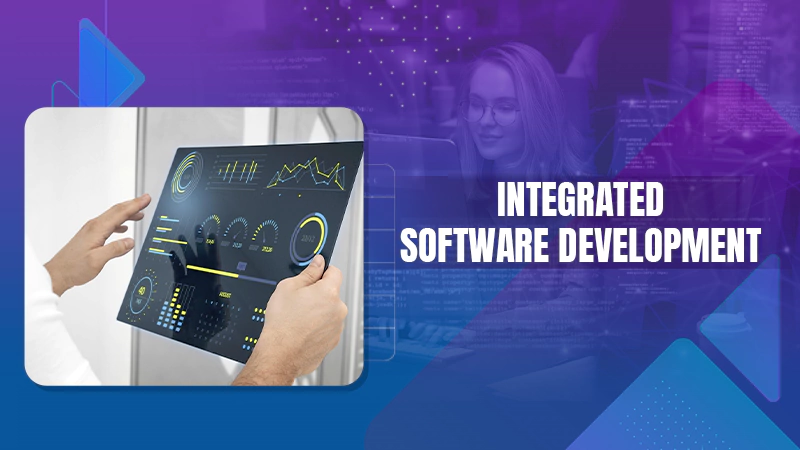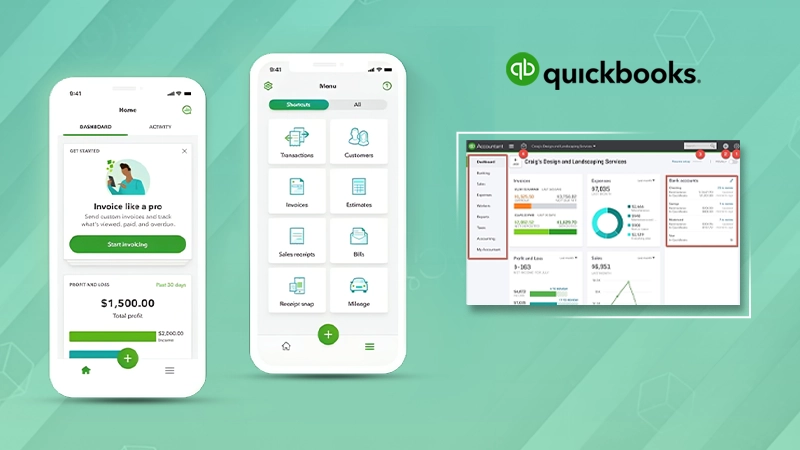6 Best Methods to Troubleshoot Windows Format Error: Everything You Need To Know
You may be trying to format a removable drive such as a USB drive or SD card but are unable to complete it. It might result in a “Windows is unable to complete the format” error. It may happen, and there can be numerous reasons for this failure. However, every problem has its solution; therefore, you can also fix this technical error. Start reading this article and understand how to troubleshoot the “windows cannot complete the format” error within a few minutes.
Why Was Windows Unable to Complete Format?
Users face this problem mostly because of their poor system specifications, some issues within the drive, or any viruses in the system also. If the drive is affected by malware, then it will surely make an error while completing the format on that drive. However, the multiple causes are as follows:
- The drive is damaged physically– Although you might not be able to visualize any physical damage at times. It’s probable that the drive is suffering from internal damage, and in this case, it’s better to replace your drive with a new one.
- The drive has no contents– It’s empty inside. Windows can’t format an empty drive. The reason is that windows format a drive based on partitions, as opposed to disk space. Windows, anyhow, can’t break down the partitions of the drive if it is empty or, say, nothing occupies its space.
- Malware has attacked the drive– Attackers generally target USB drives to fastly spread the effect of their malware and hack the systems. If you cannot format your drive, it is probably infected by malware.
- Your drive is secured- It means there is write protection applied to your drive, because of which you can’t format it. Due to failure, the process results in an error. To check if your drive is protected, try testing it by copying any data into another drive. This is the main reason, as you can see, “The disk is write-protected. Remove the write-protection or use another disk.”
Methods to Fix Windows Format Error
There are multiple solutions to correct the windows format error. Let’s go through some significant useful methods which can abolish this technical error. Since these methods are extremely simple and straightforward, you can easily apply them on your own. Let’s start understanding each one of them individually:
Scan Your Device and See If It Is Affected by Any Malware
If the cause is the attack of any malware, then you should scan your device when the drive is connected.
To know how you can proceed with it, refer to the following guide. (we have used windows 10’s defenders for this particular purpose. However, we suggest you use Avast Ultimate to get premium protection. To check any malware, refer to the following steps:
- Connect your computer with the affected USB.

- Open settings. You can either open it through the start button or press Windows and I on your keyboard. After you move to the settings, click on “Update & Security”.
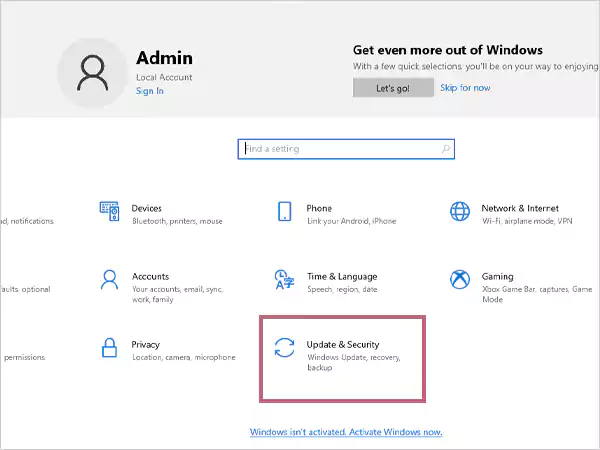
- Go to the “Windows Security” tab that can be easily located in the left-hand menu. After coming into this section, click on “Open Windows Security”.
- Click on “Virus & threat protection”. Within it, choose “Scan options”. Finally, click on “Custom scan”.

- To start the scanning process, click on “Scan Now”.
- Choose the correct drive from the left panel. Thereafter, search for the “Select Folder” option and click it.
- You will see a set of instructions on the screen when you will be scanning. If you find any suspicious file on the drive, you can remove it with the help of Windows Defender.
As soon as the scanning process is completed, you will get the problem resolved.
Try Formatting the Drive Using Command Prompt
Windows may not be able to format the drive if it can’t receive the right command. You are suggested to give it a command prompt. The steps are extremely simple to implement and are as follows:
- Press “Windows+R” on your keyboard simultaneously. This command will open the Run utility dialog box on your screen.
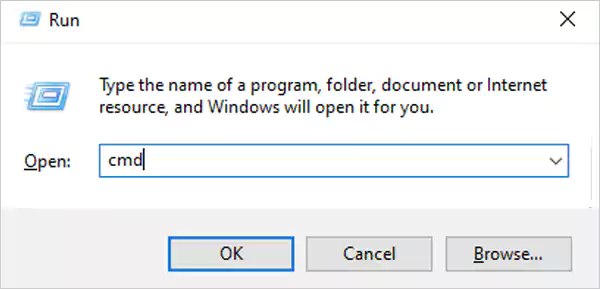
- Enter, “cmd” in the open section. Press the “Ctrl +Shift+ Enter” keys to open the command prompt.
- If you see, “User Account Control (UAC)”, then click “Yes” so that you can do the changes on your device.
- If you don’t have administrative permission to do it, then take aid from the admin.
- The command as mentioned below has to be typed. Adjust it according to the instructions you see. Once you have completed it, click the “Enter” option to type it: format C:/fs:ntfs
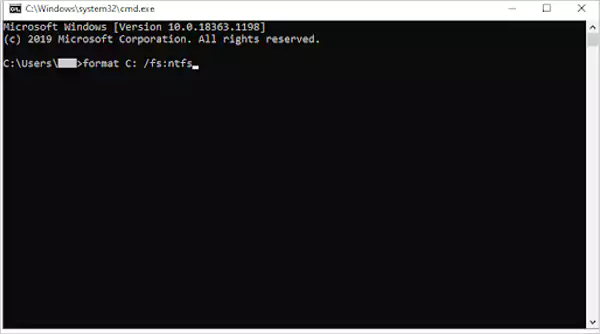
If this process gets successful, you will get your drive formatted according to your requirements now.
Use Disk Management
If drive formatting fails through standard formatting and command prompt method, you should try using Disk Management app. This option is often suitable for those with advanced requirements. Let’s see how the process goes:
- Press the “Windows and X keys” simultaneously. The context menu of the Start menu will open. Choose “Disk Management”.
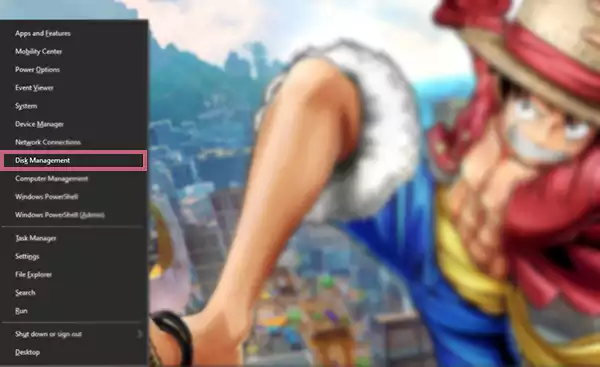
- Select the drive that you want to format. After selecting the drive, click on the “format” option available in the context menu.

- Click on:
Volume label > File System.
( Kindly note that the “Allocation Unit” should be put as “Default”.)
- If you want to verify any drive implications, uncheck the “Perform a quick format” option. Note down that doing this will make the process quite slower.
You will be able to format the drive properly if the process goes successfully.
Check And Fix Disk Errors
Sometimes, your drive may suffer from some errors which result in the failure of your Windows to format the drive properly. You will be glad to know that Windows 10 comes with an equipped tool that helps you fix this error in just one go.
Let’s go through the process:
- Go to File Explorer. From the left side of the window, you will see an option, “This PC”. Click it.

- Select the file containing the error by giving it a right-click. Thereafter choose “Properties”. Doing this, a new window will open up on your screen.

- Move to the “Tools” tab. In the Error-checking section, you will find an option that reads “Check”. Click on it.
- A new window shall pop up. Click on “Repair drive”. Clicking this will start the scanning procedure.
Disable Write-Protection

At times, you fail again and again to format the drive completely. The format error keeps coming up even after you have tried all the methods mentioned above. In such a peculiar case, you should verify whether your drive is write-protected.
To check it, copy any file from your desktop and try pasting it onto your drive. If your drive is write-protected, you shall see a message that is as follows:
“The disk is write-protected. Remove the write-protection or use another disk.”
To remove such drive protection, find the “write-protection” switch. To unlock the security, slide it upwards and disable the limitations which restrict you from formatting the drive.
Use an SD Memory Card Formatter
You may not be able to format an SD card in windows. Use a specific utility instead of doing it through any Windows tool. Moreover, The SD Association also recommends using its “SD Memory Card Formatter” instead of using what is provided by your Operating system. If you are particularly facing issues with your SD card, try downloading it and you will realize it’s worth.
The tool is extremely easy to use and it looks similar to other options you have tried. Be aware while you are choosing the card in the dropdown menu, which is available at the top. Utilize the Overwrite format to completely remove the present contents of the card to get the best results.
Finally, give it a name in the Volume label field.
Conclusion
I hope that the above blog helped you get a solution to the problem you are facing while formatting your drive. Anytime, if you see that windows are unable to complete the format from an SD card or USB, then you can refer to this thorough guide so that you can apply any of the methods illustrated above.
